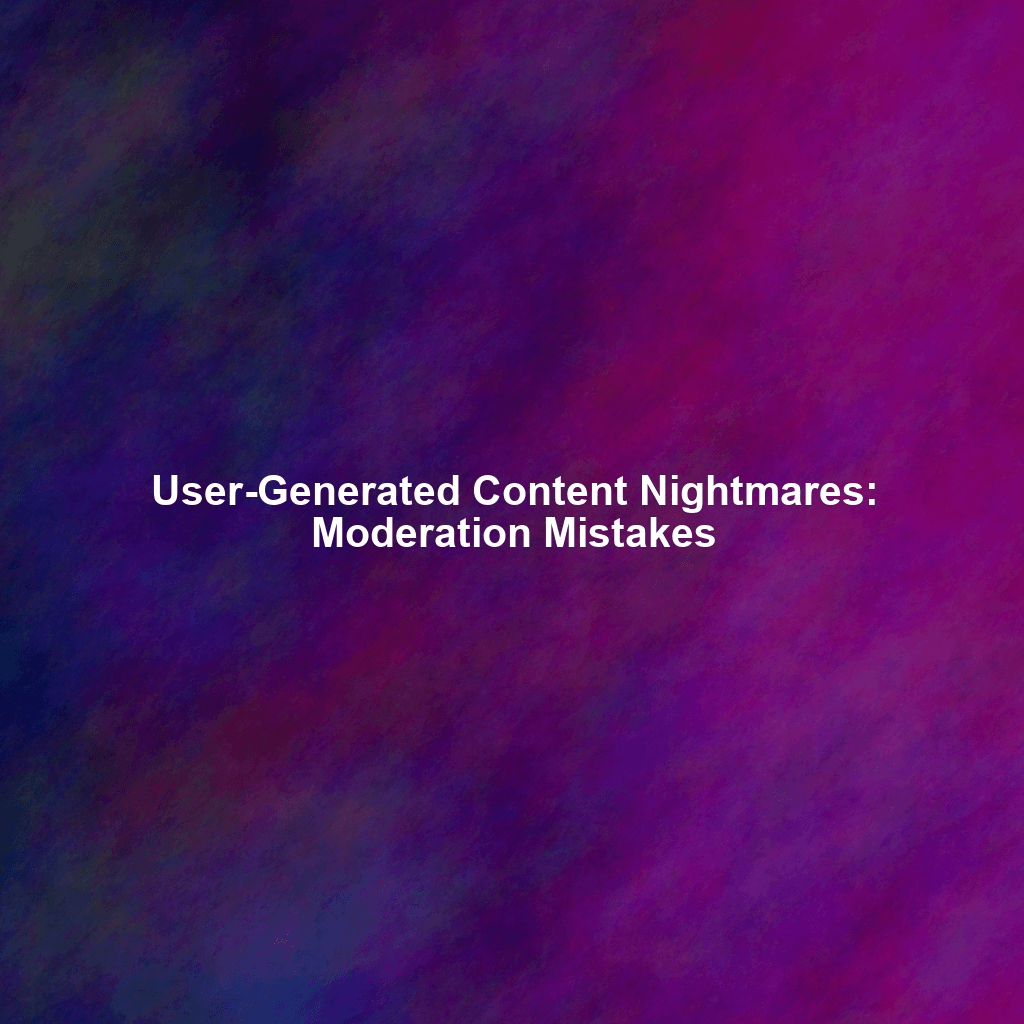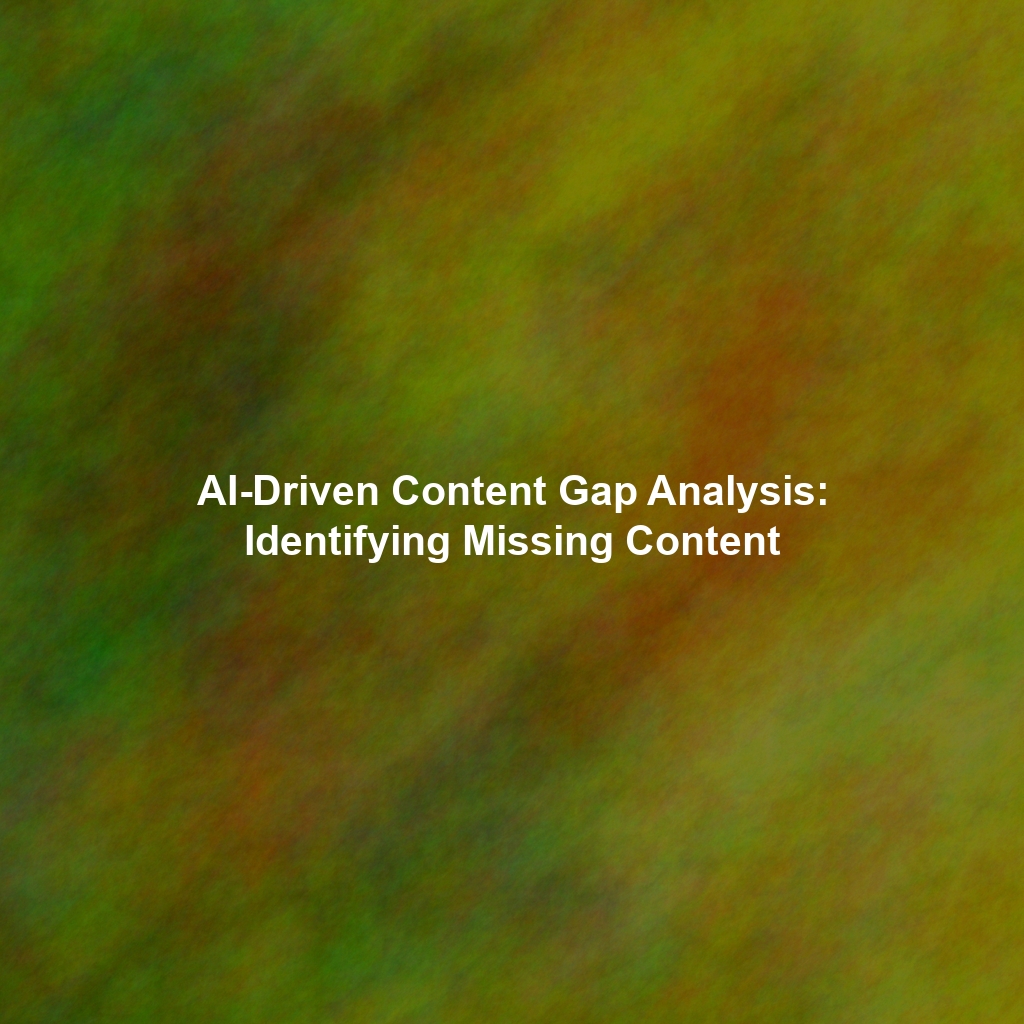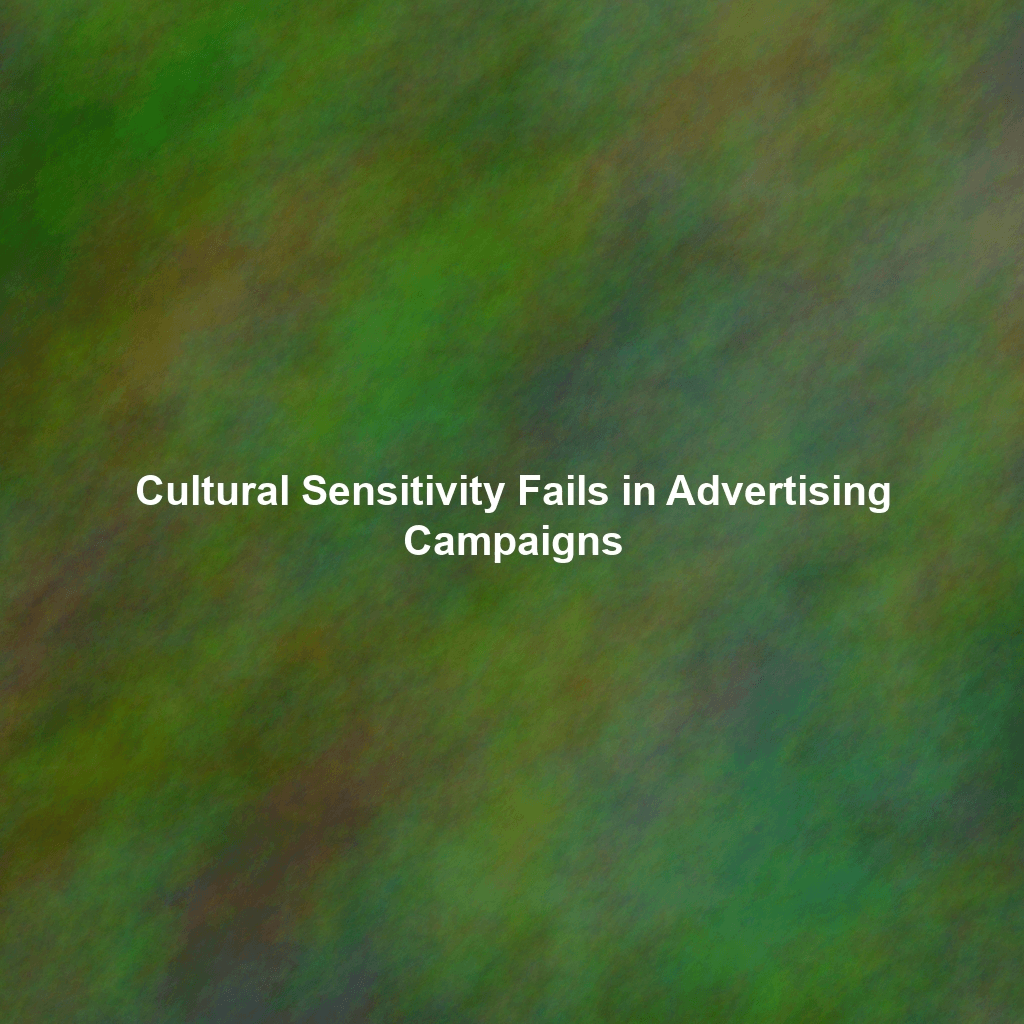The Double-Edged Sword of User-Generated Content
Tales from the Trenches: UGC Campaigns Gone Wrong
#McDStories: When Hashtags Backfire
In 2012, McDonald’s launched the #McDStories campaign, inviting customers to share positive experiences. The intention was wholesome, but the execution fell spectacularly short. Instead of heartwarming tales, the hashtag became a magnet for horror stories about working conditions, food quality, and more. The campaign quickly spiraled out of control, forcing McDonald’s to pull the plug. This illustrates the importance of anticipating negative sentiment and having a plan to address it proactively.
Walkers Crisps: Exploited by Trolls
Walkers Crisps, a popular UK snack brand, launched a campaign where users could upload a photo to have it printed on a packet of crisps, alongside a picture of footballer Gary Lineker. Trolls quickly seized the opportunity, submitting images of notorious criminals and other controversial figures. The campaign was designed for good fun, but turned into a PR problem because the moderation system wasn’t robust enough. Although Walkers initially tweeted the images, they quickly rectified their moderation process, but not before making headlines for the wrong reasons.
New England Patriots: The Offensive Jersey
During a promotion, the New England Patriots allowed fans to have their names printed on digital jerseys. Unfortunately, someone submitted an offensive racial slur, which was briefly displayed on the team’s official Twitter account. While the image was quickly removed, the damage was done. This highlights the need for stringent filtering mechanisms and human oversight, even for seemingly harmless campaigns.
Other Examples
These are just a few examples. Many other brands have faced similar issues, including airlines, fashion retailers, and even government agencies. The common thread? Inadequate or poorly implemented content moderation.
Common UGC Moderation Mistakes and How to Avoid Them
1. Lack of a Clear Content Moderation Policy
Without a well-defined policy, moderation becomes arbitrary and inconsistent. Your policy should explicitly state what types of content are prohibited (e.g., hate speech, harassment, illegal activities, spam, misinformation) and the consequences for violating the rules. Make it easily accessible to users and moderators alike.
Solution: Create a comprehensive and publicly available content moderation policy. Regularly review and update it to address emerging issues and trends.
2. Relying Solely on Automated Moderation
While AI-powered tools are improving, they are not foolproof. They can struggle with nuanced language, sarcasm, and context, leading to false positives (removing legitimate content) or false negatives (allowing inappropriate content to slip through). Over-reliance on automated systems risks alienating your audience and missing critical violations.
Solution: Implement a hybrid approach that combines automated moderation with human oversight. Use AI to flag potentially problematic content, but always have human moderators review the flags and make the final decision.
3. Slow Response Times
In the fast-paced world of social media, a slow response to inappropriate content can amplify the damage. Offensive or misleading posts can quickly go viral, damaging your brand reputation. The longer problematic content remains online, the greater the potential fallout.
Solution: Establish clear response time SLAs (Service Level Agreements) for content moderation. Invest in the necessary staffing and technology to ensure timely removal of violating content. Consider 24/7 moderation for platforms with high traffic volumes.
4. Inconsistent Enforcement
Inconsistency in moderation breeds distrust and confusion. If you apply your policies unevenly, users will feel unfairly treated. This can lead to resentment, backlash, and even accusations of bias. Consistency builds trust and reinforces the legitimacy of your rules.
Solution: Provide thorough training for your moderators, ensuring they understand your content moderation policy and how to apply it consistently. Implement quality assurance measures to identify and correct any inconsistencies.
5. Ignoring Cultural Nuances and Context
Content that may be acceptable in one culture or context may be offensive in another. Failing to understand these nuances can lead to misinterpretations and unintended offense. Global brands must be particularly sensitive to cultural differences.
Solution: Employ moderators with diverse cultural backgrounds and language skills. Provide them with ongoing training on cultural sensitivities and emerging trends. Consider using translation tools to identify potentially problematic content in different languages.
6. Underestimating the Power of Trolls
Trolls are a persistent threat to online communities. They actively seek to disrupt discussions, spread misinformation, and provoke emotional responses. Underestimating their resourcefulness and determination is a recipe for disaster.
Solution: Develop a proactive strategy for dealing with trolls. This may include banning them, deleting their content, and implementing measures to prevent them from rejoining the community. Consider using tools to identify and flag potential troll accounts.
7. Lack of Transparency
Users are more likely to accept moderation decisions if they understand the reasoning behind them. Failing to provide clear explanations can lead to frustration and resentment. Transparency builds trust and fosters a more positive community environment.
Solution: Provide clear and concise explanations when removing content or banning users. Consider publishing a transparency report detailing your content moderation efforts and the types of violations you’ve addressed.
8. Failing to Monitor Trends
The internet is constantly evolving. New trends, memes, and slang terms emerge rapidly, some of which can be used to spread hate speech or misinformation. Failing to stay up-to-date on these trends can leave you vulnerable to new forms of abuse.
Solution: Dedicate resources to monitoring emerging trends and online slang. Update your content moderation policy and training materials to address new threats. Utilize keyword filtering tools to identify potentially problematic content based on emerging trends.
9. Not Having a Crisis Management Plan
Even with the best moderation practices, mistakes can happen. A well-defined crisis management plan is essential for mitigating the damage when things go wrong. This plan should outline the steps to be taken to address the issue, communicate with the public, and restore trust.
Solution: Develop a comprehensive crisis management plan that includes clear roles and responsibilities, communication protocols, and procedures for addressing media inquiries. Practice the plan regularly to ensure that everyone is prepared to respond effectively in a crisis.
Best Practices for User-Generated Content Moderation
Preventing a PR nightmare isn’t as simple as implementing one of the solutions above. It’s a combination of several factors that will help to manage the user generated content and help avoid problems.
- Invest in the right tools: Explore content moderation platforms that offer a range of features, including automated filtering, human review, and reporting.
- Prioritize training: Provide thorough and ongoing training for your moderators.
- Be proactive: Actively monitor your platform and identify potential problems before they escalate.
- Communicate effectively: Be transparent with your users about your content moderation policies and practices.
- Stay vigilant: The online landscape is constantly changing, so it’s important to stay informed and adapt your strategies accordingly.
Conclusion: Embrace UGC Responsibly
User-generated content offers incredible opportunities for brands to connect with their audience and build loyalty. But it’s crucial to approach UGC with caution and implement robust content moderation practices. By learning from past mistakes and adopting a proactive approach, you can harness the power of UGC while protecting your brand reputation. Ignoring the potential pitfalls is a risk no business can afford to take. The key is balance: encouraging authentic content while safeguarding against harmful or offensive material.
 Skip to content
Skip to content

